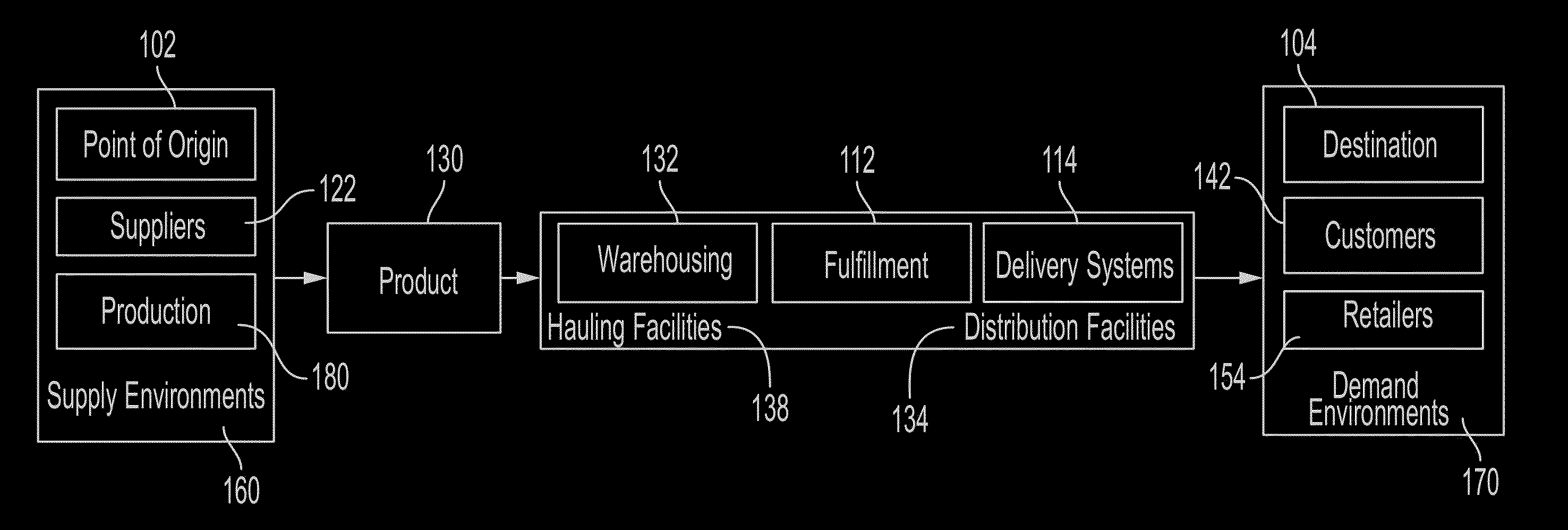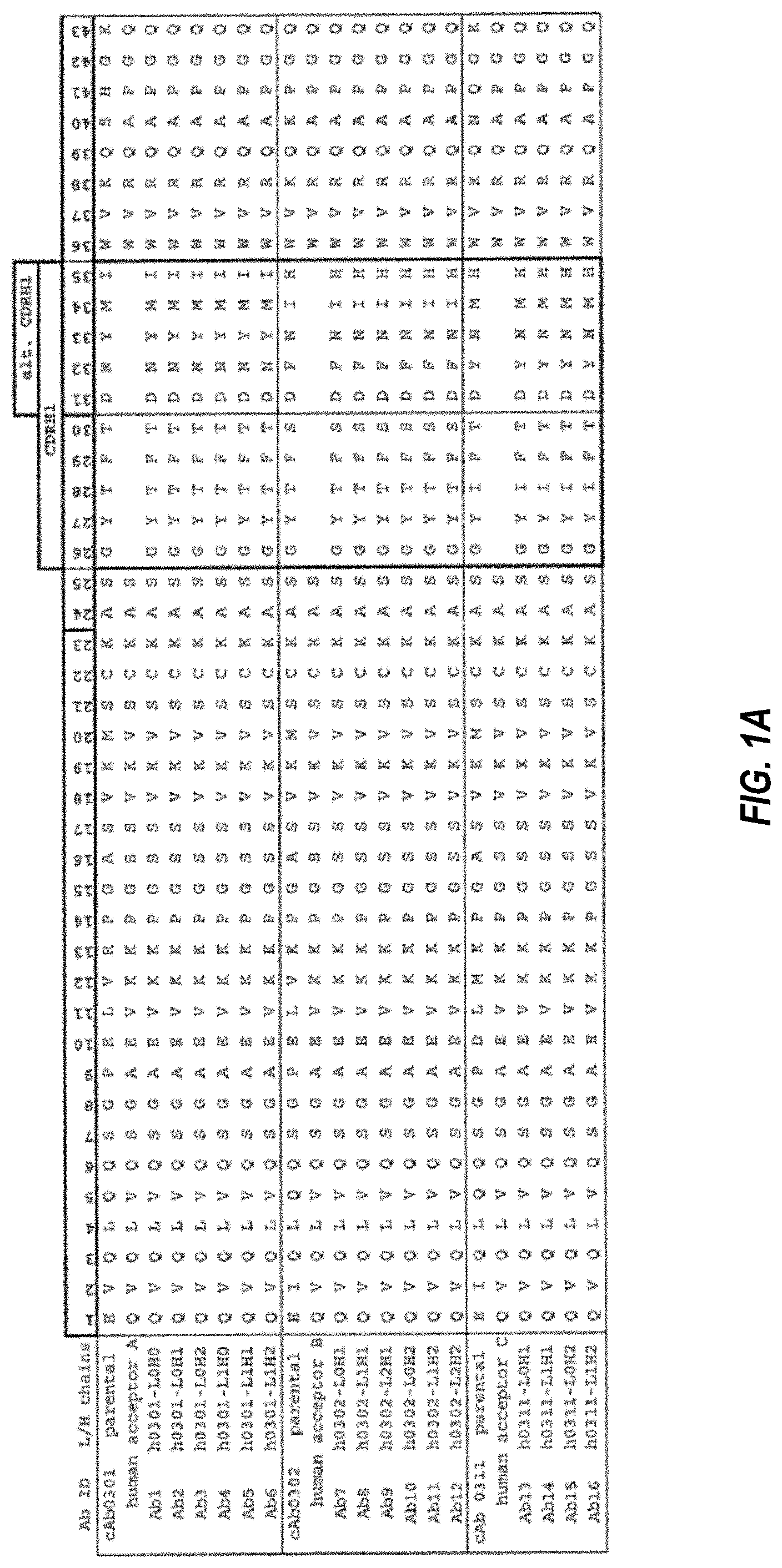Invented by Charles Howard Cella, Brent BLIVEN, Kunal SHARMA, Teymour S. EL-TAHRY, Strong Force VCN Portfolio 2019 LLC
AI-Managed additive manufacturing refers to the use of AI algorithms and machine learning techniques to optimize and automate the entire additive manufacturing process. From design and material selection to production and quality control, AI can analyze vast amounts of data and make real-time decisions to improve the overall efficiency and effectiveness of additive manufacturing.
One of the key advantages of AI-Managed additive manufacturing is its ability to optimize the design process. AI algorithms can analyze customer requirements, market trends, and performance data to generate optimized designs that meet specific criteria such as weight reduction, cost-effectiveness, and performance enhancement. This not only saves time and resources but also enables the production of highly customized and innovative products that were previously not feasible with traditional manufacturing methods.
Furthermore, AI-Managed additive manufacturing can optimize material selection by analyzing the properties and characteristics of different materials. By considering factors such as strength, durability, and cost, AI algorithms can recommend the most suitable materials for specific applications, ensuring the production of high-quality and cost-effective parts.
In terms of production, AI-Managed additive manufacturing can optimize the printing process by adjusting parameters such as printing speed, temperature, and layer thickness. By continuously monitoring and analyzing real-time data, AI algorithms can identify potential issues and make adjustments to ensure consistent and reliable production. This not only improves the quality of the final product but also reduces the need for manual intervention and increases overall productivity.
Quality control is another area where AI-Managed additive manufacturing excels. AI algorithms can analyze sensor data and image recognition to detect defects and anomalies during the printing process. This enables real-time feedback and adjustments, minimizing the production of faulty parts and reducing waste. Additionally, AI can predict and prevent potential quality issues by analyzing historical data and identifying patterns that indicate potential failures.
The market for AI-Managed additive manufacturing for value chain networks is expected to grow rapidly in the coming years. According to a report by MarketsandMarkets, the global market for AI in manufacturing is projected to reach $16.7 billion by 2026, with additive manufacturing being a significant contributor to this growth. The increasing adoption of AI-Managed additive manufacturing by industries such as aerospace, automotive, healthcare, and consumer goods is driving this market expansion.
However, there are still challenges that need to be addressed for the widespread adoption of AI-Managed additive manufacturing. These include the high cost of AI implementation, the need for skilled personnel to develop and maintain AI algorithms, and concerns regarding data security and intellectual property protection. Nevertheless, as technology advances and these challenges are overcome, the market for AI-Managed additive manufacturing is expected to flourish.
In conclusion, AI-Managed additive manufacturing is revolutionizing the manufacturing industry by combining the capabilities of additive manufacturing with the power of artificial intelligence. The ability to optimize design, material selection, production, and quality control makes AI-Managed additive manufacturing an essential tool for value chain networks. As the market continues to grow and technology advances, AI-Managed additive manufacturing will undoubtedly reshape the manufacturing landscape, enabling the production of highly customized, efficient, and innovative products.
The Strong Force VCN Portfolio 2019 LLC invention works as follows
A distributed network information technology system” includes a cloud based additive manufacturing platform, with an interface, connectivity, data storage, and monitoring capabilities. The distributed manufacturing information technology system contains a number of applications that enable the additive manufacturing platform to manage distributed manufacturing networks. The distributed manufacturing information technology system contains an artificial intelligence system that is configured to learn from a set of training outcomes, parameters and data collected by the distributed manufacturing networks entities in order to optimize manufacturing workflows and value chains.
Background for AI-Managed additive manufacturing for value chain networks
Additive Manufacturing
Value Chain Networks
Digital Product Networks (DNP)
Stack View Examples”.
Value chain orchestration from a command platform
Value Chain Network Management Platform and Value Chain Network
Value Chain Network Entities managed by the Platform
Network Characteristics for Value Chain Network Entities”.
Value chain network activities and applications managed by the platform
Core capabilities and interactions of the data handling layers (Adaptive intelligence, monitoring, data storage and applications)
Alternative Data Architectures – Some Details on the Data Storage Layer
Adaptive Intelligent Systems & Monitoring Layers
Digital Twin System in Value Chain Entity Manager Platform
Digital Twins for Value Chain Networks
Entity Discovery & Interaction Management
Robotic Process Automation in Value Chain Network”.
Value Chain Management Platform: Unified Robotic Process Automation for Demand Management and Supply Chain”.
Value Chain Management Platform: Robotic Process Automation Services in Microservices Architecture for Value Chain Network”.
Value Chain Management Platform: Robotic Process Automation of Value Chain Network Processes”.
Introduction of Opportunity Miners to Automated Improvements of Adaptive Intelligence
Broad Management Platform
Click here to view the patent on Google Patents.









